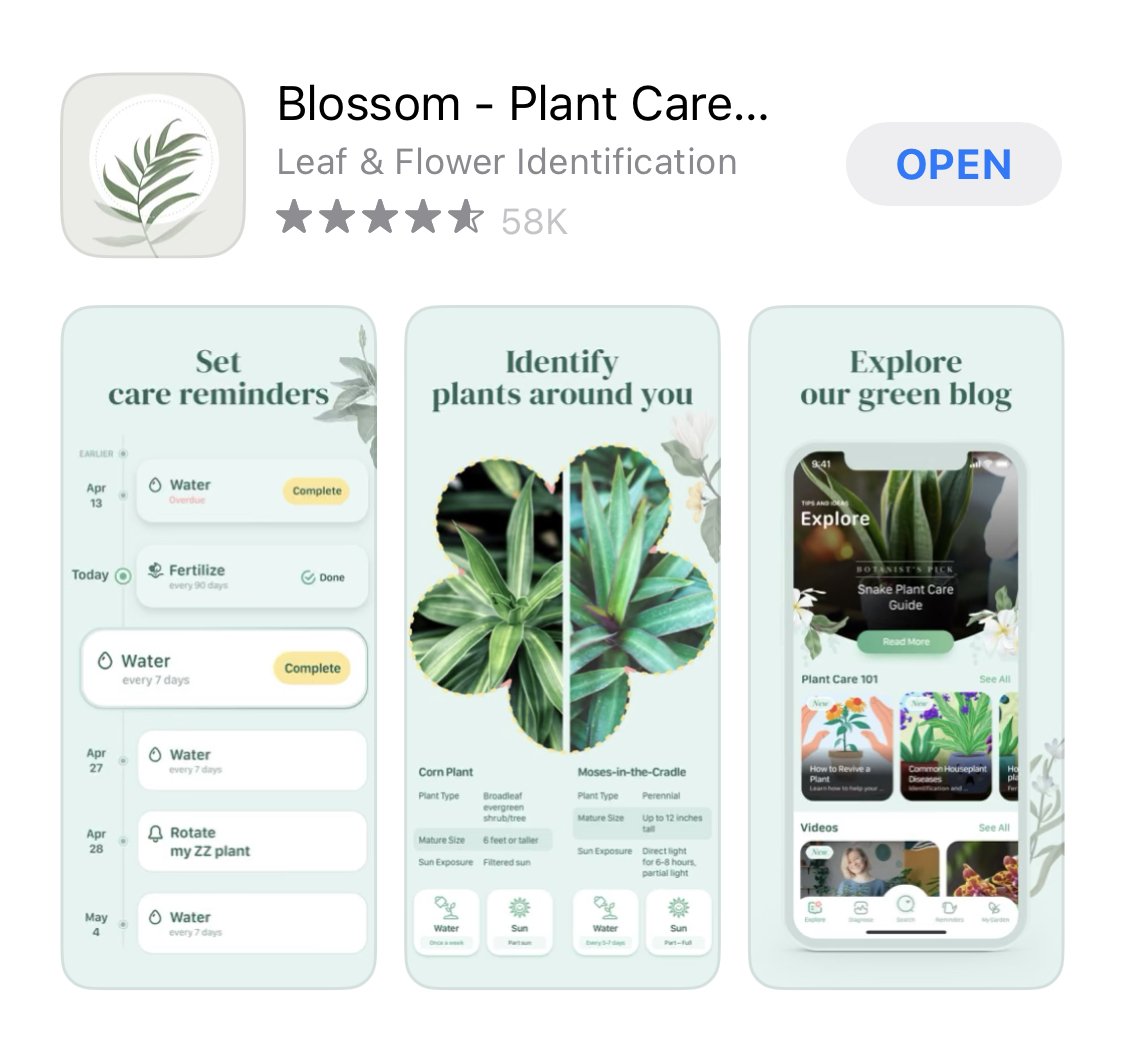How to Use Color in UX Strategically
The use of color in UX design goes beyond choosing colors that look nice together. Color is a key component of an interface, aiding in communication....
3 min read
Written by Laura MacPherson, Jul 26, 2018

Success in the world of app creation depends on sustained engagement. Without it, even though you may attract thousands of users initially, you’ll fail in the long run. Because those users didn’t stick around. One of the main reasons users disengage is problems with an app’s user experience. The app is difficult to navigate. Actions are too time-consuming to complete. Myriad issues can cause users to delete apps from their devices.
But good UX design saves the day. UX design defines the “feel” and experience that users have on an app (or piece of software). In this post, we’ll take a look at some of the key best UX practices to design an app that will keep users engaged and create a dedicated customer base.
Apps can serve a range of purposes, from solving specific problems to providing useful information to simply entertaining the user. No matter what your app is designed to do, understanding your users’ specific needs and preferences is essential to keeping them engaged. Successful apps focus on the particular needs or desires of particular user groups. They don’t try to be all things to all people.
This discovery process begins with identifying who your users are most likely to be. You’ll then explore their needs and wants that may find a solution in the app you’re developing. One proven way to gather this type of information is by using personas. Personas are fictitious portrayals of typical users that help you understand them. Developing multiple personas provides app developers with a wealth of actionable information about what features are likely to be important to users. (For more in-depth help on developing personas, Buffer has a great beginner’s guide to help get you started.)
When designing an app, the native platform you’re building for is a critical factor to keep in mind. Both iOS and Android systems have their own unique sets of requirements. Platform guidelines are constantly evolving, so staying up-to-date on platform-specific requirements ensures that you don’t make choices that will cause problems in the way the app functions later on. Developer guidelines for both Apple and Android-supported apps are published and updated regularly.
Smartphones aren’t the only game in town when it comes to app development. Tablet devices come in a range of sizes themselves and require design that functions well on a variety of screen sizes. The challenge for developers is to create a unified look and feel across devices while maximizing the real estate of the screen size of various devices.
This requires making smart decisions about what sizes to target since developing unique designs for every size would be cost-prohibitive. It also requires decisions about what functionality to include on the smallest screens. Minimal amounts of text, collapsible menus, and areas of the screen that expand on user command keep things simple while providing the information needed. On a tablet, your app design should look and feel more like a web-based display while still mimicking the commands a user would expect from a phone, like swiping and tapping.
The most successful app designs also leverage the unique capabilities of individual devices to maximize the features available to the user. Touch, voice command, or location tracking are all examples of device-specific potential that developers can use to make their apps more engaging to the user based on the device.
Text is an integral part of an app’s design that developers often forget. Prompts presented at specific touchpoints help guide users through the experience, reducing cognitive load. Text can simultaneously be used to convey the voice of the brand, connecting emotionally with the user. One example would be presenting a prompt as the user moves through the process of submitting personal details as they complete the app’s initial setup. Providing this information can feel unsettling, so a light-hearted prompt that appears to reassure users of privacy practices can help them feel more comfortable with entrusting you with their details.
Weaving these UX best practices into your app design will help you create a product that’s simpler to use and more engaging to customers. Which will boost the chances that your users will keep your app on their phones and continue using it.
Want to learn more about how we integrate UX best practices into our apps or talk about your project idea? Get in touch.
Subscribe to our newsletter.

The use of color in UX design goes beyond choosing colors that look nice together. Color is a key component of an interface, aiding in communication....

In the “Under the Hood” Series, we look at how popular apps have grown loyal usage through behavioral design. Seeing the techniques in action should...

Nir Eyal knows a little something about how successful products draw in users and keep them coming back for more. He’s the author behind the...